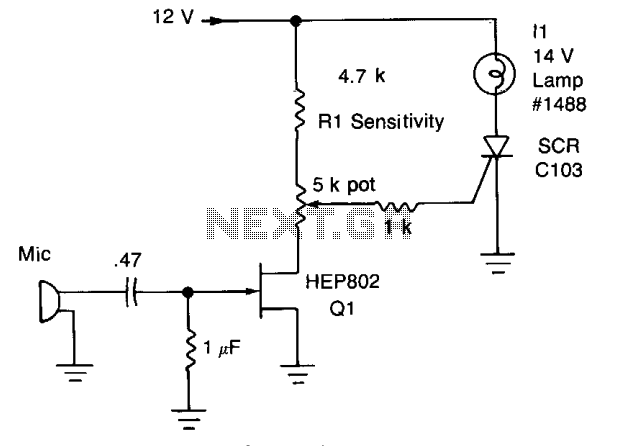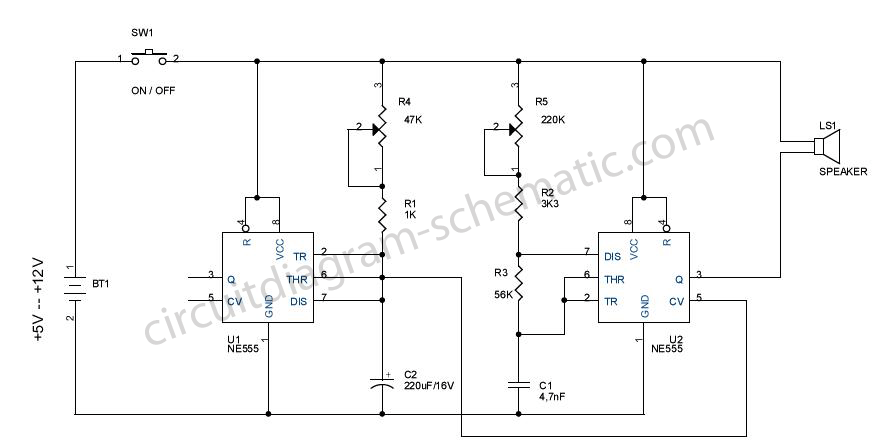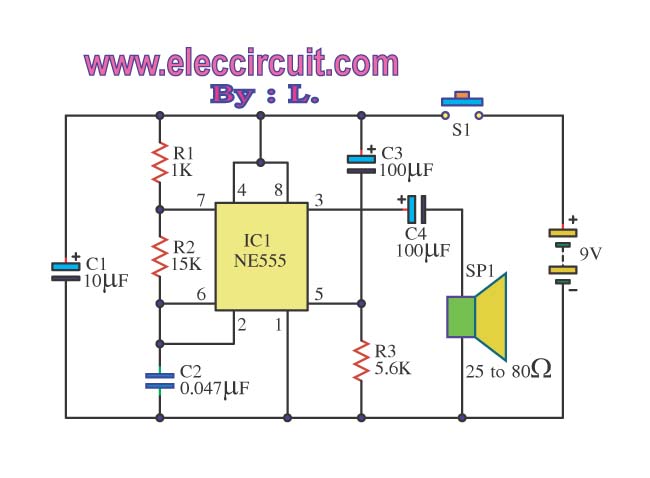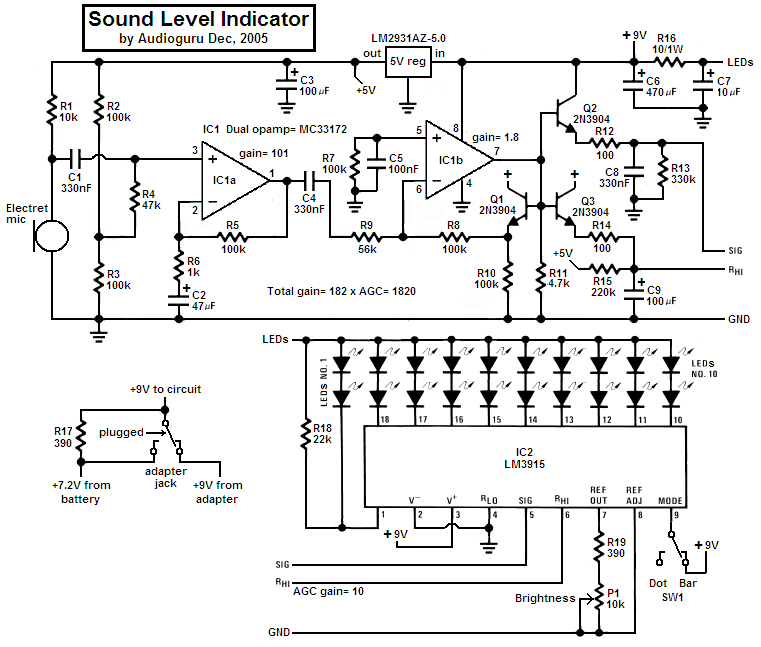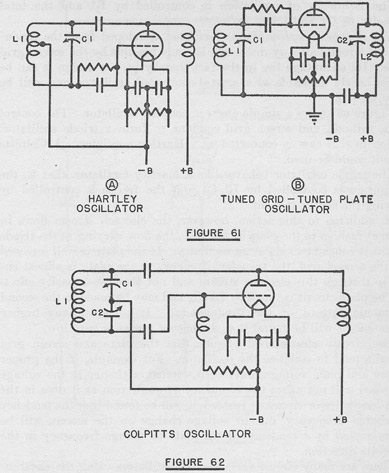
sound origin direction finder
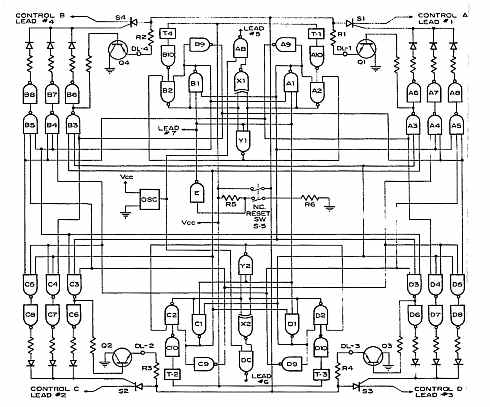
A sound origin direction indicator features a flat square shape with four sound transducer/amplifier units positioned at each corner. It includes four rows of solid-state lamps extending from the center to the corners and an electronic system integrated with the transducers and lamps to operate the device. With the appropriate electronics package, this arrangement can accurately determine the direction of sound, effectively creating a sound origin direction finder. The device addresses issues found in previous sound direction locating systems by being portable, easy to operate, cost-effective, unaffected by echoes, and not requiring repetitive sounds for functionality. For simplicity, this device will be referred to as the sound origin direction indicator (SODI) throughout the specification. The SODI is designed to indicate the direction of a sound source within a full 360-degree range, although it can be modified to cover 90, 180, or 270 degrees if needed. A plan view of the 360-degree SODI is depicted, showing a box or housing with a flat square upper surface. A separate battery power supply is connected to an internal electronic package via a power lead, although the power supply could also be housed internally. Control knobs are provided for sensitivity adjustment, reset, and frequency adjustment. Four sound transducer/amplifier units are positioned at the corners of the device, with four rows of solid-state lamps radiating from the center to the corners. All lamps are installed below the upper surface and protected by a transparent cover. The rows of solid-state lamps divide the device into quadrants and terminate in quadrant indicating lamps. Each row contains 90 lamps, with quadrant indicating lamps being the 90th lamps of each row, separated from the preceding lamps by a small distance. No lamp is placed at the common center of the radial lamp rows. When a sound wave strikes the SODI, it will first activate one of the transducers unless the sound source is aligned with the midpoint between two neighboring transducers. For instance, a sound wave from a specific direction will activate one transducer before the others. The electronic circuitry is designed so that when a sound wave hits a specific transducer, the corresponding row of solid-state lamps will blink in succession from the center towards the activated transducer.
The sound origin direction indicator (SODI) is engineered to function through a combination of sound transduction and visual indication. The core of the device consists of four sound transducer/amplifier units (T-1, T-2, T-3, T-4) strategically positioned at the corners of the square housing. Each transducer is sensitive to sound waves, converting acoustic signals into electrical signals for processing. The electronic system then analyzes the timing of the signal received by each transducer, determining the direction of the incoming sound based on which transducer is activated first.
The rows of solid-state lamps (R-1, R-2, R-3, R-4) are critical for visual feedback, providing real-time indication of sound direction. Each row contains 90 lamps, with the last lamp in each row serving as a quadrant indicator (DL-1, DL-2, DL-3, DL-4). The arrangement allows for a clear visual representation of the sound source's direction, as the lamps will illuminate sequentially towards the activated transducer. The separation of the quadrant indicating lamps from the other lamps helps to provide a distinct signal when the sound source is located at the boundary between quadrants.
The device's design ensures portability and ease of use, making it suitable for various applications, including outdoor activities, search and rescue operations, and sound localization research. Its robustness against echoes and the need for repetitive sounds enhances its reliability in real-world scenarios. The SODI's ability to operate within a full 360-degree field makes it versatile, while its potential for modification allows customization based on specific user requirements. Overall, the SODI represents a significant advancement in sound localization technology, combining efficient sound detection with intuitive visual feedback.A sound origin direction indicator comprising a flat square-shaped form having four sound transducer/amplifier units mounted at its four corners, four rows of solid state lamps radiating from its center to the corners and an electronics system attached to the transducers and lamps to operate the device. It has now been found that, with the proper electronics package, a system of sound transducer/amplifier units and solid state lamps can be arranged to accurately determine the direction from which a sound has emanated to create the sound origin direction finder. The hereinafter described device solves problems associated with prior art sound direction locating systems by (a) being easily portable, (b) being simple to operate, (c) being inexpensive, (d) not being affected by echos, and (e) not requiring repetitious sounds in order to operate.
For purposes of simplicity the device (the sound origin direction finder) hereinafter described will be called a sound origin direction indicator (SODI) throughout the following specification. The SODI herein described is designed to indicate the direction of a sound source at any point within a full 360.
degree. It will be recognized that the device could easily be altered so as to only cover 90. degree. , 180. degree. , or 270. degree. if it were desired to do so. A plan view of a 360. degree. field SODI of thesound origin direction finder is shown in FIG. 1. The plan view depicts the device as having a box or housing with a square flat upper surface 11. A battery power supply 12 is shown as being packaged separately and is attached to an internal electronic package 14 by means of a power lead 13. It will be readily recognized that the power supply could be internally contained rather than being located externally as shown.
Knobs 15, 16 and 17 are for sensitivity adjustment, reset and frequency adjustment respectively. Four sound transducer/amplifier units T-1, T-2, T-3 and T-4 are inserted at the corners of the upper surface of the device and four rows of solid state lamps R-1, R-2, R-3 and R-4 radiate to the corners from the center of the upper surface. All lamps are mounted below the actual upper surface of the device and are protectively covered by a transparent material.
The four rows of solid state lamps divide the device into four quadrants and terminate in quadrant indicating lamps DL-1, DL-2, DL-3 and DL-4. In a preferred SODI (sound origin direction finder), each of the four rows contains 90 lamps. The four quadrant indicating lamps are the 90th lamps of each row. They are separated from the other 89 lamps in their particular rows by a short distance, i. e. , about three-eighths to about five-eighths inch for reasons which will become apparent later. There is no lamp at the common center of the radial lamp rows. When a sound wave strikes a SODI (sound origin direction finder) of this design it will strike one of the four transducers before it strikes any of the others provided the sound source is not situated along a line perpendicular to a line passing through the like points on two neighboring transducers.
For example, a sound wave coming from direction S in FIG. 1 will strike transducer T-3 before it strikes any of the other three transducers. The following is a description of how a calibrated and properly adjusted SODI according to this design would act if it were struck by a sound wave coming from direction S. Also, from the following example, it will become apparent how the device would act upon being struck by a sound wave coming from any other direction.
The electronic circuitry of a SODI (sound origin direction finder) according to this design is such that a sound wave coming from direction S (FIG. 1) and striking transducer T-3 will cause the solid state lamps in row R-3 to start blinking on and off, one at a time, in succession from the center of the instrument toward transducer T-3, until the wave has pa
🔗 External reference
The sound origin direction indicator (SODI) is engineered to function through a combination of sound transduction and visual indication. The core of the device consists of four sound transducer/amplifier units (T-1, T-2, T-3, T-4) strategically positioned at the corners of the square housing. Each transducer is sensitive to sound waves, converting acoustic signals into electrical signals for processing. The electronic system then analyzes the timing of the signal received by each transducer, determining the direction of the incoming sound based on which transducer is activated first.
The rows of solid-state lamps (R-1, R-2, R-3, R-4) are critical for visual feedback, providing real-time indication of sound direction. Each row contains 90 lamps, with the last lamp in each row serving as a quadrant indicator (DL-1, DL-2, DL-3, DL-4). The arrangement allows for a clear visual representation of the sound source's direction, as the lamps will illuminate sequentially towards the activated transducer. The separation of the quadrant indicating lamps from the other lamps helps to provide a distinct signal when the sound source is located at the boundary between quadrants.
The device's design ensures portability and ease of use, making it suitable for various applications, including outdoor activities, search and rescue operations, and sound localization research. Its robustness against echoes and the need for repetitive sounds enhances its reliability in real-world scenarios. The SODI's ability to operate within a full 360-degree field makes it versatile, while its potential for modification allows customization based on specific user requirements. Overall, the SODI represents a significant advancement in sound localization technology, combining efficient sound detection with intuitive visual feedback.A sound origin direction indicator comprising a flat square-shaped form having four sound transducer/amplifier units mounted at its four corners, four rows of solid state lamps radiating from its center to the corners and an electronics system attached to the transducers and lamps to operate the device. It has now been found that, with the proper electronics package, a system of sound transducer/amplifier units and solid state lamps can be arranged to accurately determine the direction from which a sound has emanated to create the sound origin direction finder. The hereinafter described device solves problems associated with prior art sound direction locating systems by (a) being easily portable, (b) being simple to operate, (c) being inexpensive, (d) not being affected by echos, and (e) not requiring repetitious sounds in order to operate.
For purposes of simplicity the device (the sound origin direction finder) hereinafter described will be called a sound origin direction indicator (SODI) throughout the following specification. The SODI herein described is designed to indicate the direction of a sound source at any point within a full 360.
degree. It will be recognized that the device could easily be altered so as to only cover 90. degree. , 180. degree. , or 270. degree. if it were desired to do so. A plan view of a 360. degree. field SODI of thesound origin direction finder is shown in FIG. 1. The plan view depicts the device as having a box or housing with a square flat upper surface 11. A battery power supply 12 is shown as being packaged separately and is attached to an internal electronic package 14 by means of a power lead 13. It will be readily recognized that the power supply could be internally contained rather than being located externally as shown.
Knobs 15, 16 and 17 are for sensitivity adjustment, reset and frequency adjustment respectively. Four sound transducer/amplifier units T-1, T-2, T-3 and T-4 are inserted at the corners of the upper surface of the device and four rows of solid state lamps R-1, R-2, R-3 and R-4 radiate to the corners from the center of the upper surface. All lamps are mounted below the actual upper surface of the device and are protectively covered by a transparent material.
The four rows of solid state lamps divide the device into four quadrants and terminate in quadrant indicating lamps DL-1, DL-2, DL-3 and DL-4. In a preferred SODI (sound origin direction finder), each of the four rows contains 90 lamps. The four quadrant indicating lamps are the 90th lamps of each row. They are separated from the other 89 lamps in their particular rows by a short distance, i. e. , about three-eighths to about five-eighths inch for reasons which will become apparent later. There is no lamp at the common center of the radial lamp rows. When a sound wave strikes a SODI (sound origin direction finder) of this design it will strike one of the four transducers before it strikes any of the others provided the sound source is not situated along a line perpendicular to a line passing through the like points on two neighboring transducers.
For example, a sound wave coming from direction S in FIG. 1 will strike transducer T-3 before it strikes any of the other three transducers. The following is a description of how a calibrated and properly adjusted SODI according to this design would act if it were struck by a sound wave coming from direction S. Also, from the following example, it will become apparent how the device would act upon being struck by a sound wave coming from any other direction.
The electronic circuitry of a SODI (sound origin direction finder) according to this design is such that a sound wave coming from direction S (FIG. 1) and striking transducer T-3 will cause the solid state lamps in row R-3 to start blinking on and off, one at a time, in succession from the center of the instrument toward transducer T-3, until the wave has pa
🔗 External reference
